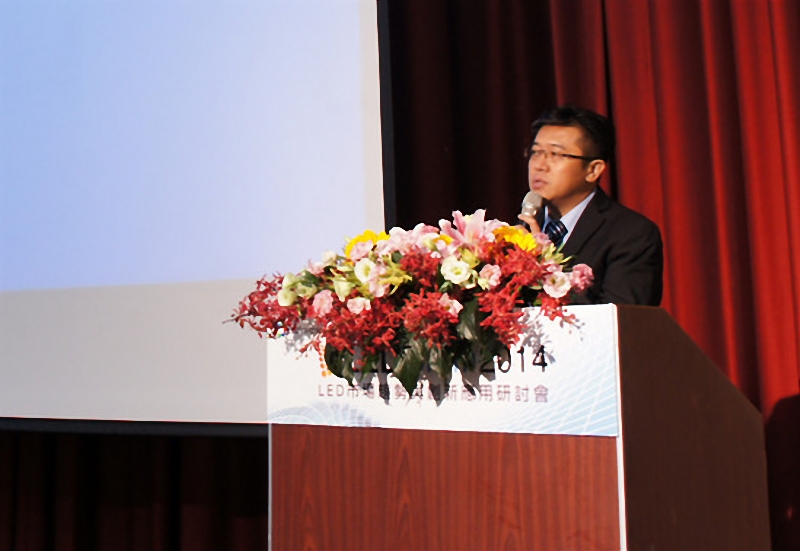Asian LED lights factories choose different Ways Over Uncertain Market Conditions
10-12-2014
LED is a fast changing industry. Asian factories have taken their own ways to face the tide of change. Japanese manufacturers are actively seeking collaboration opportunities with Taiwanese manufacturers, while Korean LED manufacturer Samsung has gradually went out of the global LED light market. Chinese factories on the other hand are expanding production capacity on the back of government support.

Japanese manufacturers seek for Taiwaneses collaboration
Among Asian LED manufacturers, Japanese have the most resources. Nichia and Toyoda Gosei (TG) have patent and technology advantages, and have high market shares in high-end application markets in Japan and Europe. However, they are not worry-free. Japanese chips are still unpopular in the Chinese market where patents are not valued, except by few certain clients.
Moreover, Japanese manufacturers are slowly losing their advantages in the high-end market. In the past, Nichia was the sole supplier for Apple iPhone backlight LED. However, Apple has appointed three Japanese companies as iPhone 6 backlight suppliers this year, with another Taiwanese manufacturer named as the potential supplier. This shows that Apple has been expanding its supply chain and Japanese manufacturers face serious challenges.
Aware of the market changes, Nichias decision of posting a company spokesperson in Taiwan in October was interpreted as a collaboration invitation with Taiwanese LED manufacturers. In response to the rise of Chinese manufacturers, Taiwanese and Japanese manufacturers should strengthen cooperation, said Nichia. When asked whether patent litigation dispute between Everlight and Nichia could be resolved, Nichia responded positively saying: "It depends if the management teams have good interaction".
Samsung withdraws from global LED market
Due to the decline of TV and mobile sales performance, South Korean Samsung Group had a rough time keeping its upstream LED epi-wafer production. Being used to having 50% gross margin in the semiconductor business, Samsung has become uninterested in LED chips low 20% gross margin. Thus, the company exited global LED market.
Chinese factories expand on back of subsidies
In the past, Chinese LED chips manufacturing were limited to low-end production due to the technology gap. However, with the help of governmental subsidies, Chinese factories underwent capacity expansions and merges, and have slowly come into power. It was reported that Sanan Opto offered to acquire Philips Lumileds shares at a high price, after the latter announced the spun off. If this happens, Philips Lumileds might use Sanan Optos chips, and stop utilizing other competitors chips.
With the merger with FOREPI earlier this year, Epistar can enjoy advantages of economics of scale in the upstream LED sector. Nevertheless, depending on competing Japanese and Korean manufacturers growth conditions, the company faces a fluctuating market in the coming year 2015.


